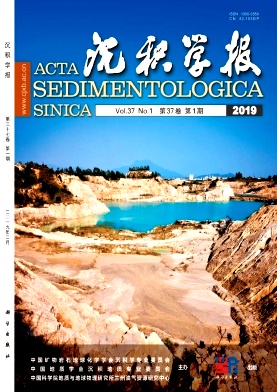The Formation and Distribution of Volcanic Reservoirs in the Xiquan Area of Junggar Basin
doi: 10.14027/j.issn.1000-0550.2018.105
- Received Date: 2017-02-28
- Rev Recd Date: 2018-02-02
- Publish Date: 2019-02-10
-
Key words:
- Junggar Basin /
- Xiquan area /
- Carboniferous /
- distribution characteristics /
- distribution laws
Abstract: The Xiquan area is tectonically at the west ramp of the Beisantai salient and is suitable for oil and gas accumulation. Although a few Carboniferous reservoirs were found in past decades, because of the complex controlling factors and confused distribution in both longitudinal and horizontal directions of reservoirs in this area, the proved rate is low, and further exploration is difficult. This paper clarifies the petrologic and reservoir characteristics of Carboniferous reservoirs. The results include that Carboniferous reservoirs in the Xiquan area consist mainly of lava and pyroclastic rock; that reservoir physical properties in the South are better than in the North; and that favorable reservoirs have mainly developed in eruptive volcanic breccia and effusive facies of andesite and dacite. On this basis, the main controlling factors of reservoir distribution have been clarified: 1) reservoirs mainly concentrate near the weathering crust in the vertical profile, 2) the lateral variation of lithology controls the plane distribution of the reservoirs, and 3) reservoir distribution is closely related to the development of unconformities. In addition reservoir distribution laws have been summarized: oil and gas mainly concentrate near unconformities and stretch from Northeast to the Southwest like stripes; the vertical distribution of oil layers is related to the depth of eluvial zones of unconformity and is different between South and North; and heterogeneity influences contiguous distribution in the reservoir plane.
| Citation: | CHEN ChunYong. The Formation and Distribution of Volcanic Reservoirs in the Xiquan Area of Junggar Basin[J]. Acta Sedimentologica Sinica, 2019, 37(1): 212-223. doi: 10.14027/j.issn.1000-0550.2018.105 |






 DownLoad:
DownLoad: